Benzoin Gum Powder
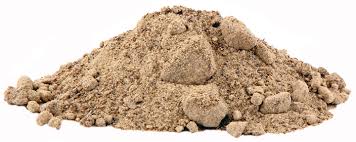
Benzoin Gum Powder is derived from the resin of the Styrax benzoin tree, known for its sweet, balsamic aroma. The resin is harvested, dried, and then ground into a fine powder. It is used in various applications, including incense, perfumes, and traditional remedies. The powder has a rich, warm, and vanilla-like fragrance that makes it popular in aromatic and therapeutic uses.
1. Size:
- The powdered form is typically fine and can vary slightly in texture depending on the processing. It is usually available in small quantities, such as 1-ounce (28 grams) or 2-ounce (56 grams) containers, and is used in small amounts.
2. Color:
- Benzoin Gum Powder is a light brown to tan color. Its hue can vary depending on the quality of the resin and the processing method used.
3. Texture:
- The powder has a fine, granular texture that easily dissolves in liquids or blends with other substances. It is smooth to the touch and can be slightly sticky due to its resinous nature.
4. Fragrance:
- Benzoin Gum Powder is renowned for its warm, sweet, and balsamic fragrance. The scent is often described as vanilla-like with a hint of spice, making it popular in incense and perfumes for its soothing and comforting aroma.
5. Uses:
Benzoin Gum Powder is used in aromatherapy for its calming and grounding properties. It is often burned as incense or used in essential oil blends to create a soothing atmosphere.
The powder is a common ingredient in perfumes and fragrances due to its sweet, vanilla-like scent. It is used to enhance and fix other fragrance notes.
In traditional medicine, Benzoin Gum Powder is used for its antimicrobial and soothing properties. It is sometimes used in poultices or infusions to treat skin irritations or respiratory conditions.
Benzoin Gum Powder is often burned as incense for its pleasant aroma and its believed properties to purify and cleanse spaces. It is used in various religious and spiritual ceremonies.
6. Habitat:
- The Styrax benzoin tree, from which Benzoin Gum Powder is derived, is native to Southeast Asia, including regions of Indonesia, Thailand, and Malaysia. The tree thrives in tropical climates with well-drained soil and ample sunlight.
7. Cultural and Spiritual Significance:
Benzoin has been used since ancient times in various cultures for its aromatic and medicinal properties. It was valued in ancient Egypt for its use in incense and as a preservative.
In many cultures, Benzoin is associated with purification and protection. It is used in rituals and ceremonies to cleanse spaces and promote spiritual well-being.
Spiritual Properties
Purification: Benzoin is believed to have strong purifying properties. It is used in spiritual practices to cleanse spaces, objects, or individuals from negative energies and influences.
Grounding: The resin is considered to have grounding effects, helping to create a stable and calm environment. It is used in meditation and spiritual rituals to enhance focus and mental clarity.
Medicinal Properties
Antimicrobial: Benzoin Gum Powder has natural antimicrobial properties that can help inhibit the growth of bacteria and fungi. It is sometimes used in traditional remedies for its antiseptic effects.
Soothing: The powder is used in traditional medicine for its soothing properties, particularly for skin irritations and respiratory conditions. It is believed to help alleviate discomfort and promote healing.
Expectorant: Benzoin has been traditionally used as an expectorant to help relieve coughs and respiratory congestion. It is believed to aid in clearing mucus from the respiratory tract.
Allergic Reactions
Benzoin Gum Powder is generally considered safe for use in small quantities. However, it should be used with caution, especially in individuals with allergies or sensitivities. Prolonged inhalation or excessive use might cause respiratory or skin irritation.
Skin Irritation: Some individuals may experience skin irritation, redness, or rash when handling or using Benzoin Gum Powder. It is recommended to perform a patch test before extensive use.
Respiratory Discomfort: Inhalation of Benzoin Gum Powder, especially in large quantities, may cause respiratory irritation or discomfort. Individuals with asthma or respiratory conditions should use it with caution.
Allergic Reactions: Prolonged or excessive use of Benzoin Gum Powder might lead to allergic reactions such as dermatitis or respiratory symptoms. If any adverse effects occur, discontinue use and consult a healthcare provider.
Sensory Irritation: Direct contact with the powder or inhalation of its fumes can sometimes cause sensory irritation, including eye discomfort or nasal irritation. It is important to use it in well-ventilated areas.
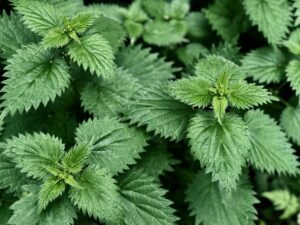
Nettle Leaf
Nettle Leaf Nettle Leaf is a versatile herb known for its numerous health benefits and uses in traditional medicine. It is often used for its
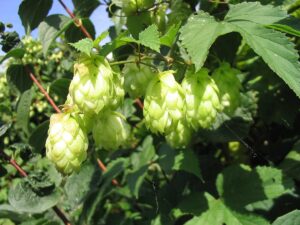
Hops Flowers
Hops Flowers Hops flowers are known for their distinctive appearance, fragrance, and various applications, particularly in brewing and herbal medicine. The cone-shaped flowers, harvested from
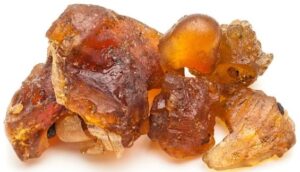
Guggul Gum Resin
Guggul Gum Resin Guggul gum resin, derived from the Commiphora mukul tree, has a distinctive appearance. It is typically found in irregular, small to medium-sized
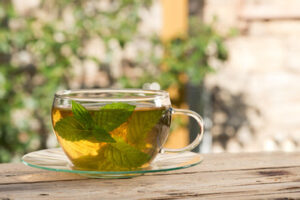
Chamomile & Peppermint Soothing Tea
Chamomile & Peppermint Soothing Tea This herbal tea is designed to calm the mind and body, making it perfect for a restful evening. Chamomile and

Lemon Balm & Honey Healing Cookies
Lemon Balm and Honey Healing Cookies These light and flavorful cookies offer a perfect way to relax and soothe the spirit while enjoying a delicious
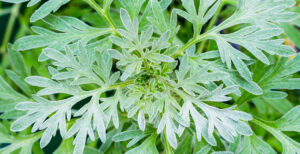
Wormwood
Wormwood Wormwood is a perennial herb known for its bitter taste and distinctive aroma. It is a member of the Asteraceae family and is recognized